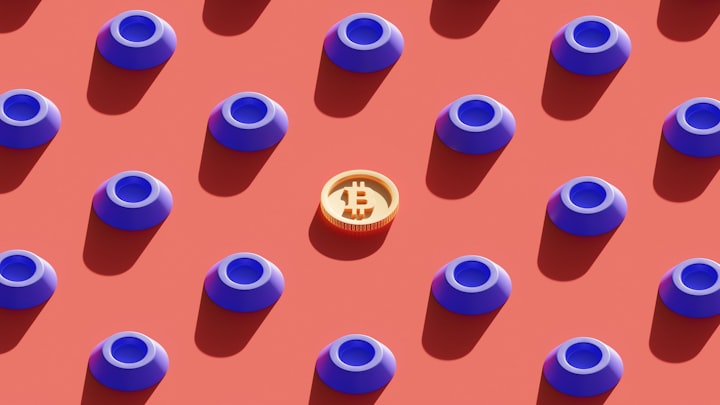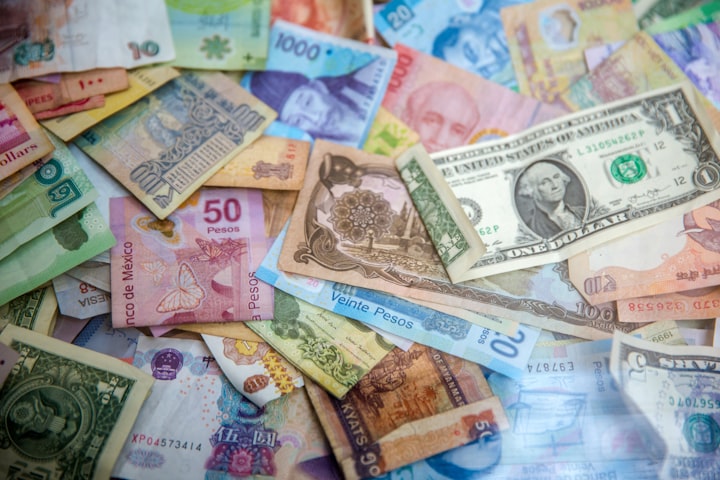Tokenization
Unlocking New Possibilities with Blockchain-Based Assets

Title: Tokenization: Unlocking New Possibilities with Blockchain-Based Assets
Introduction (150 words)
The advent of blockchain technology has revolutionized various industries, and one of its most transformative applications is the tokenization of assets. Tokenization refers to the process of representing real-world assets, such as real estate, art, or commodities, as digital tokens on a blockchain network. By converting physical assets into digital tokens, tokenization enables fractional ownership, increased liquidity, and enhanced accessibility. In this article, we will explore the concept of tokenization, its benefits, and the potential it holds for unlocking new possibilities in various sectors.
I. Understanding Tokenization (300 words)
Tokenization involves converting the ownership rights of an asset into a digital token that resides on a blockchain network. These tokens can be programmed with certain functionalities, such as smart contracts, to automate transactions and enforce predefined conditions. By leveraging blockchain's immutable nature and decentralized infrastructure, tokenization ensures transparency, security, and traceability of asset ownership.
II. Benefits of Tokenization (400 words)
A. Fractional Ownership:
Tokenization allows for fractional ownership, enabling investors to own a portion of an asset rather than the whole. This fractional ownership model makes it possible for smaller investors to participate in markets that were previously inaccessible due to high entry barriers.
B. Increased Liquidity:
Traditionally illiquid assets, such as real estate or fine art, can become more liquid through tokenization. Tokens can be traded on secondary markets, facilitating faster and more efficient transactions. This increased liquidity opens up new opportunities for investors and reduces the time and costs associated with traditional asset transfers.
C. Enhanced Accessibility:
Tokenization also promotes accessibility to previously exclusive investment opportunities. By dividing assets into smaller units, individuals who were previously excluded from investment markets can now participate and benefit from diverse asset portfolios.
D. Programmable Assets:
Tokens on a blockchain can be programmed with smart contracts, allowing for automated execution of predefined conditions. For instance, real estate tokens can automatically distribute rental income to token holders, eliminating the need for intermediaries and reducing administrative overhead.
III. Tokenization in Different Industries (600 words)
A. Real Estate:
Tokenizing real estate assets can democratize access to property investments, lower transaction costs, and provide increased liquidity. Fractional ownership of properties can also enable investment diversification and reduce risks associated with a single property.
B. Art and Collectibles:
Tokenization can revolutionize the art market by enabling fractional ownership of artwork. It allows art enthusiasts to invest in high-value pieces, while artists gain exposure to a broader investor base. Additionally, tokenization provides transparency in provenance, ensuring the authenticity and traceability of artworks.
C. Commodities and Natural Resources:
Tokenizing commodities like gold, oil, or diamonds can simplify trading and settlement processes, reduce fraud, and increase market efficiency. It enables smaller investors to participate in the commodity market and brings transparency to the supply chain, ensuring ethical sourcing.
D. Intellectual Property:
Tokenizing intellectual property, such as patents or copyrights, can streamline licensing and royalty distribution. Smart contracts can automate the payment process, ensuring that creators receive fair compensation and reducing the need for intermediaries.
E. Supply Chain Management:
Tokenization can enhance supply chain management by tracking and verifying the movement of goods. By tokenizing each stage of the supply chain, stakeholders can trace the origin, quality, and authenticity of products, thereby mitigating counterfeit risks and promoting consumer trust.
Conclusion (150 words)
Tokenization holds immense potential in unlocking new possibilities across various industries. By leveraging blockchain technology, it enables fractional ownership, increased liquidity, enhanced accessibility, and programmability of assets. Real estate, art, commodities, intellectual property, and supply chain management are just a few areas where tokenization is making significant strides. As the technology matures and regulatory frameworks.
Certainly! Here are some additional facts about tokenization and blockchain-based assets:
1. Tokenization has the potential to disrupt traditional financial systems by enabling the fractional ownership of assets. This means that individuals can own a percentage of an asset, which was previously reserved for high-net-worth individuals or institutional investors.
2. Blockchain-based assets are highly divisible, meaning that they can be broken down into very small units. This allows for micro-investments, where individuals can invest small amounts in a diversified portfolio of assets.
3. Tokenization reduces the barriers to entry for investing in traditionally illiquid assets, such as real estate or fine art. It enables investors to participate in these markets with lower capital requirements and provides an opportunity for diversification.
4. The transparency and immutability of blockchain technology provide a secure and tamper-proof record of ownership. This eliminates the need for intermediaries in asset transfers, reducing costs and increasing efficiency.
5. Smart contracts, which are self-executing agreements with predefined conditions, can be attached to blockchain-based assets. These contracts automate processes such as dividend distribution, interest payments, or royalty distributions, eliminating the need for manual intervention.
6. Tokenization opens up new avenues for liquidity in traditionally illiquid markets. Investors can trade tokens on secondary markets, allowing for faster and more efficient transactions. This liquidity can attract a wider range of investors and increase market activity.
7. Blockchain-based assets have the potential to enable cross-border transactions with reduced costs and faster settlement times. By eliminating the need for intermediaries and the associated paperwork, tokenization can streamline international transactions.
8. Tokenization can promote financial inclusion by providing access to investment opportunities for individuals who were previously excluded from traditional markets. It enables participation in assets that were once limited to a select few, creating a more inclusive financial ecosystem.
9. The tokenization of assets can facilitate crowdfunding and peer-to-peer lending by allowing individuals to invest in projects or provide loans in exchange for tokens representing a share of the project's future revenue or assets.
10. Regulatory frameworks for tokenization are still evolving, and different jurisdictions have varying approaches. It is essential to navigate the legal and regulatory landscape to ensure compliance and protect the interests of investors and issuers.
Tokenization and blockchain-based assets have the potential to reshape the way we invest, trade, and manage assets. As the technology continues to evolve and mature, it is expected to unlock new possibilities and drive innovation across various industries.





Comments
There are no comments for this story
Be the first to respond and start the conversation.